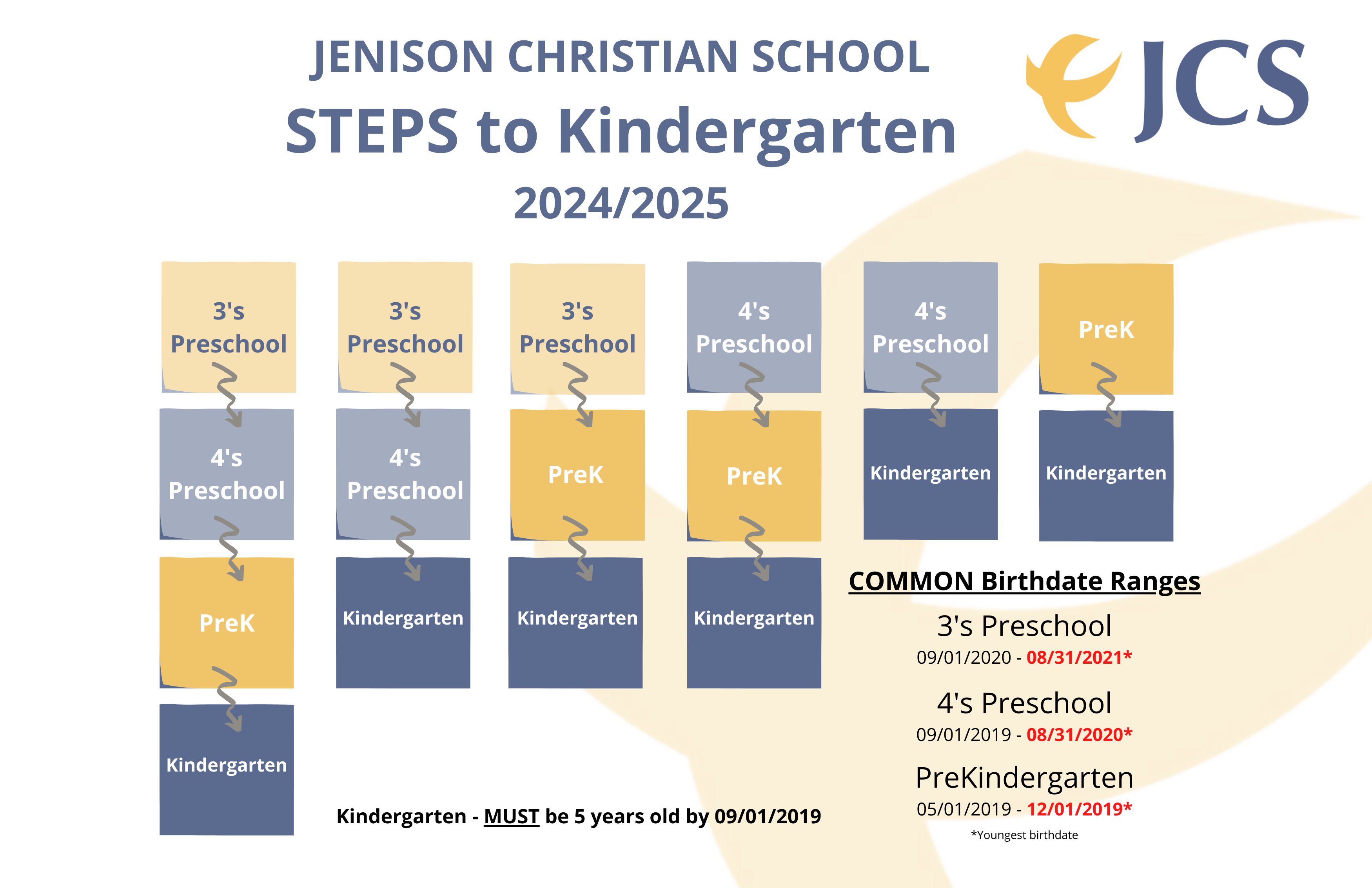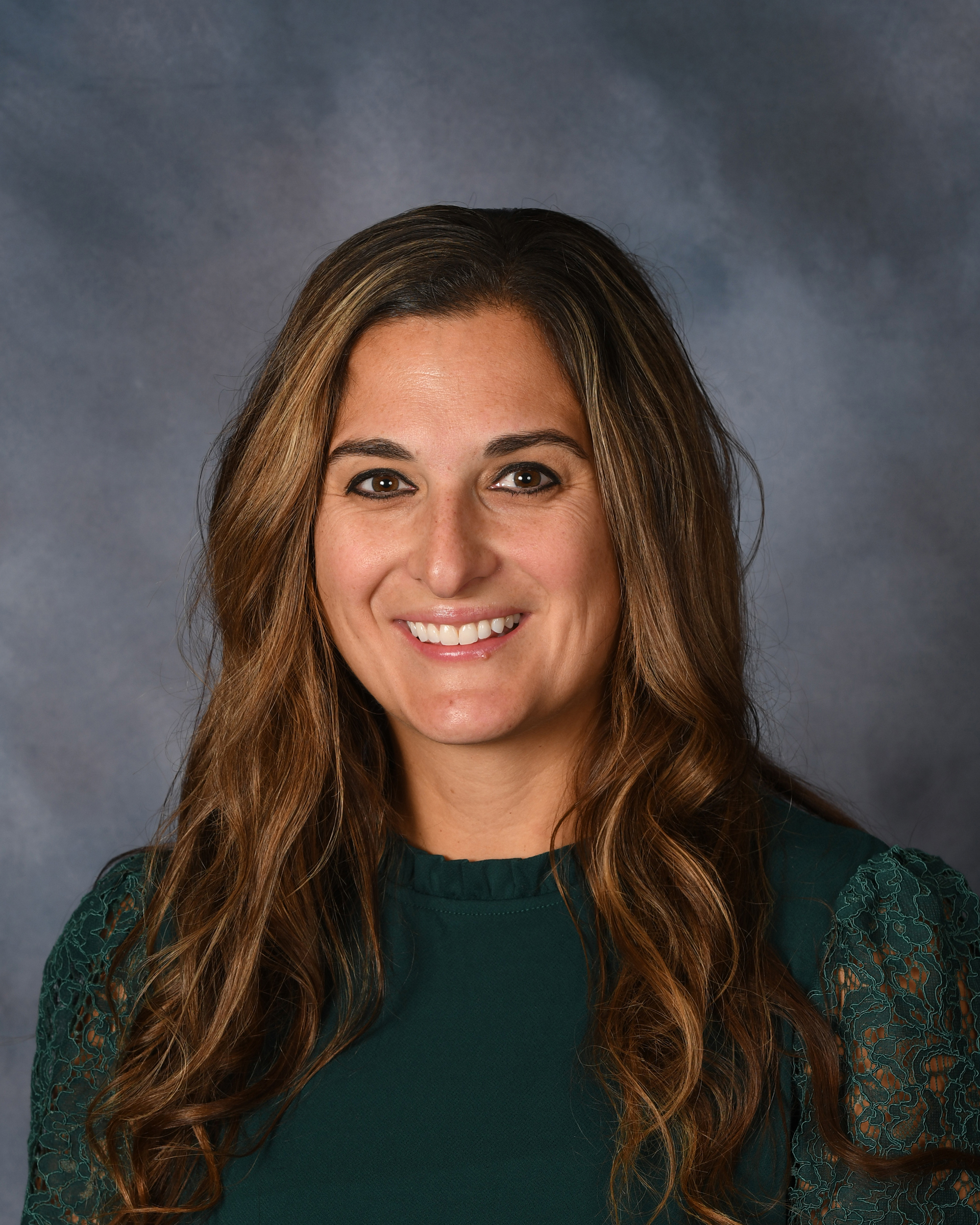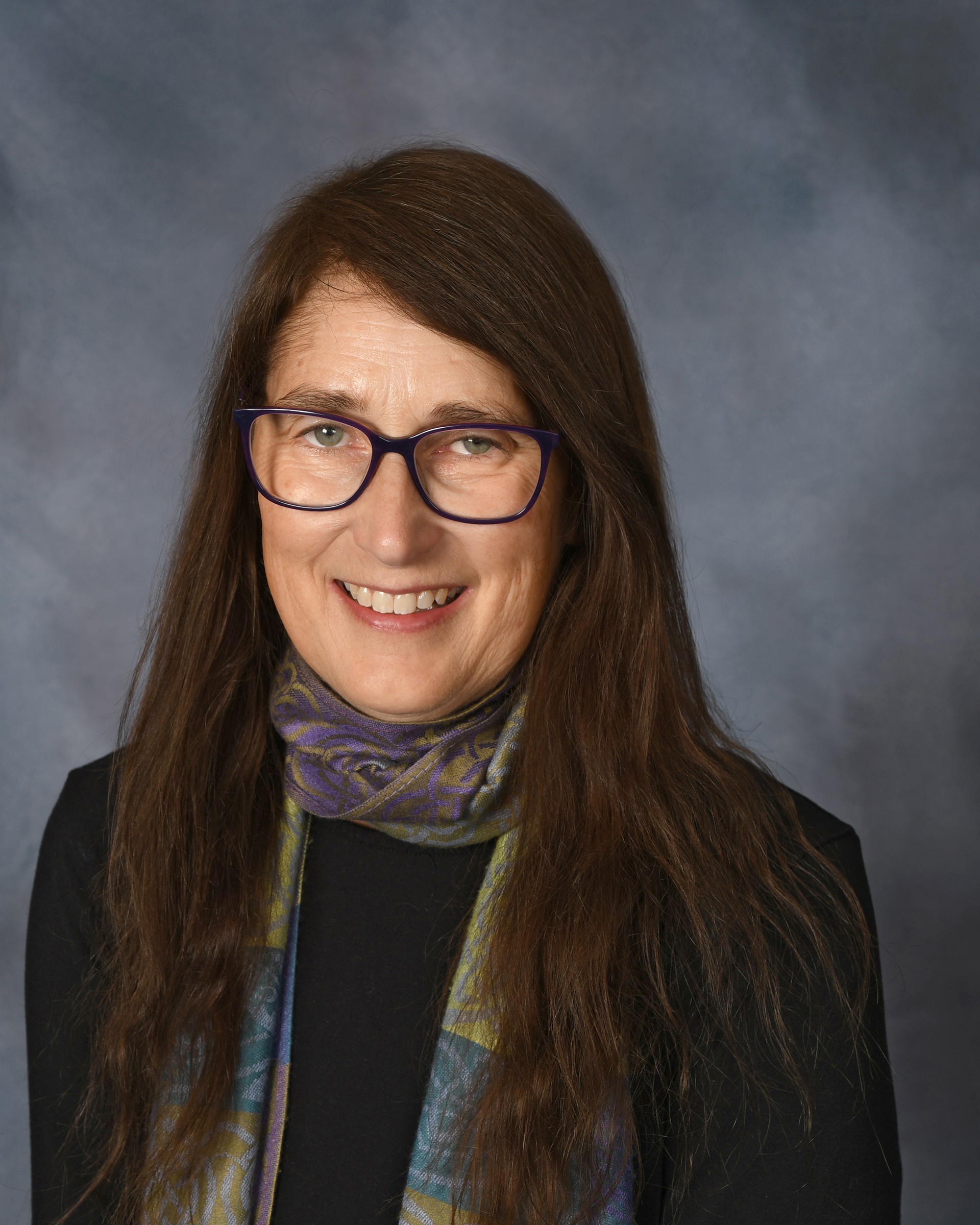
Bible
Using the CSI curriculum, students hear stories from the Old and New Testaments and begin making connections between them as we see God's plan for His world. In the Old Testament stories, God showed His love for His people God's people showed love and gratitude back to God. In all of our learning, students are challenged to think of ways they can show their love for God. In the New Testament, we learn that we are disciples of Jesus. He has a special plan for each of us. Students are challenged to think about how they can share their love for God with others and be His disciples through discussions and Bible memory.
Reading
Students build wonder about God’s gift of language and use it to learn more about His world. They learn the relationship between sounds and symbols using a variety of hands-on learning experiences. They build their awareness of sounds in spoken words through Heggerty Phonemic Awareness. Thematic units, picture books, poetry, folktales, nursery rhymes, and author studies immerse students in the world of language. Students learn that good readers are always thinking and making connections with what they read as we work to master the common core standards. We recognize that students learn to read at different paces so we use the Fountas and Pinnell leveling system to help determine which level is the best fit for each individual. Reading is taught through whole group, small group, and one-on-one instruction. Our goal is to read 100 sight words by the end of kindergarten.
Writing
Handwriting Without Tears is the handwriting program that is used to guide each learner in correct letter formation and pencil-paper posture. Students learn capital and lowercase letter formation and learn how to write using lines. We build a foundation for writing by helping students see themselves as writers and building a love for writing a variety of texts. Using the Lucy Calkins Writing Workshop framework, lessons are modeled as a whole group followed by independent writing practice. Individual student conferences about writing is a way we celebrate God’s gift of writing and challenge ourselves to grow. Checklists are used to help students grow as writers.
Spelling/Grammar
Our spelling journey begins with sorting letters and pictures using the Words Their Way curriculum with both whole group and individual practice. Mid-year we assess to see where each child is individually in their spelling journey and each student begins at the level that is appropriate for them.
Math
Our learners make connections and discover the order in God’s world through the hands-on curriculum, Math Expressions, which follows the common core standards. Kindergartners use math language as they order numbers, count, compose and decompose numbers, use problem solving strategies, ten frames, geometry, addition, and subtraction.
Science
Students explore God’s creation and build wonder through inquiry-based learning using the FOSS Next Generation science curriculum. The units of Trees and Weather, Materials and Motion, and Animals and their Needs (Animals Two by Two) integrate physical science, earth science, and engineering. In Kindergarten, we use our 5 senses to make observations as we explore and learn more about God’s creation. We learn that we have a responsibility to take care of God’s creation.
Social Studies
Students learn that they are an important part of God’s world. God gave them many different gifts that we can share with others. We focus on responsibilities at school, home and in our community. We can be responsible citizens and share God’s love with others. Our Second Step Social Emotional curriculum teaches students how to be a learner, share empathy, how to handle problems, and manage their feelings in loving ways. Students learn to pray, asking God for guidance and help in their daily lives.
Art
The purpose is to joyfully express individuality, foster critical thinking, and build confidence through the application of fine art media. In elementary we learn most about tools and how to use them to effectively communicate our ideas. We practice how to handle and care for art tools, materials and treat each other with kindness. Key concepts include colors, line types, shapes, and patterns. We create art depicting animals or plants and a self-portrait while identifying spatial relationships—left/right, top/bottom, side/center, front/back, over/under and up/down. We learn how to pinch, pull, squeeze, twist, pound, roll, tear, curl, assemble, and model in three dimensions. We also use the 2-D motor skills to paint, paste, glue, fold, cut, rub, print and stamp.
Music
We develop the students’ singing voices and listening skills to match pitch, including both independent and group singing activities. We work on the foundation of accurate rhythm performance by playing a steady pulse and echoing simple rhythms on percussion instruments. Through music games, clapping, dancing, and marching, the students learn to move and respond to the music they experience.
Physical Education
Students learn about how their bodies move through a variety of activities. The focus is to create spatial awareness, teamwork skills, and critical thinking ability. A typical day in PE will start with a warm-up and a tag game to get our hearts pumping and work on potential conflict resolution through game play experiences. We then work on a certain skill such as locomotor movements (run, jog, skip, gallop, hop, jump), underhand/overhand hitting, dribbling with feet or hands, throwing, and rolling. We practice these skills in multiple environments - closed (one-on-one skill development) and open (game play in small or large groups). The goal is to develop an enjoyment for movement and skills that will make our students competent to be life-long physically active individuals.
Spanish
The purpose is to instill a love of language in young learners through engaging thematic units full of songs, music, and high-interest activities. This program will expand students’ cultural and geographical awareness, as we explore Spanish-speaking countries and customs. We begin the year learning our rules for the classroom and los mandatos. We then study los números 1-20, los colores, and las formas. We then learn the words for the members of la familia and talk about the parts of la cara and el cuerpo. Next we learn about la ropa de nieve. We then learn la ropa para la primavera! Lastly we talk about los animales en la granja, las frutas and las verduras. Throughout the year, we also practice los días de la semana and los meses del año with our daily calendario routine.


